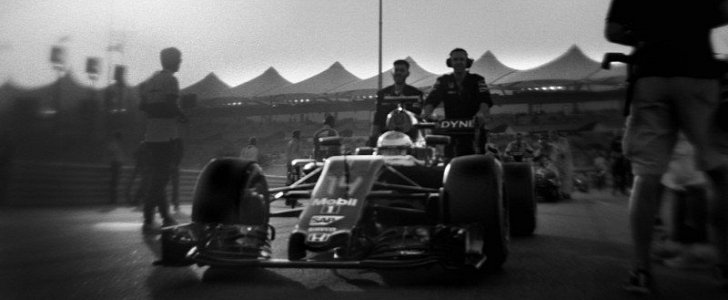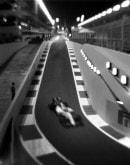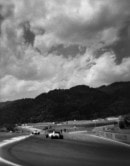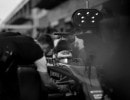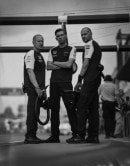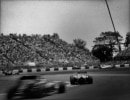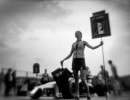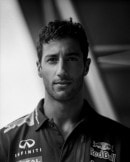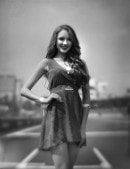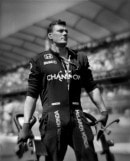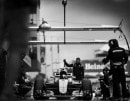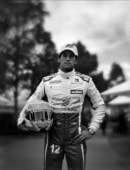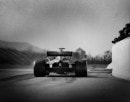Before venturing forward, please take the time to have a look at the photo gallery to the right. Yes, it's a mind-bending experience that's hard to explain, but it's also one of the most beautiful things you will see today.
And even though the meaning of the word "beautiful" has been diluted lately, Joshua Paul's photographs thoroughly deserve it. They are captivating in the same way as seeing Leonardo Da Vinci's machines get built in real life because they both mix the old with the new to great effect.
So what exactly makes Joshua's pictures so special? Well, that would be his skill, no doubt about it, but also the camera he uses. Unlike most sports photographers who are looking for the quickest shutter speeds to freeze the action and the longest burst shots to capture the perfect frame, Paul is returning to the very roots of photography.
He is using a 4x5 format Graflex camera that was built before the Great War (that's 1913, to be more exact). Even though it uses the same basic principle as any camera (it imprints light on a specific medium), it requires a completely different technique, one that has nothing to do with speed.
But that's precisely what Joshua Paul is after: he wants to offer a completely new approach to photographing Formula One races, and he's found the perfect gear to do it with. “My approach is to make images so beautiful they defy subject matter,” he tells GP Traveler magazine.
Needless to say, everything is done manually with the Graflex, and to make every shot count even more, in a stark contrast with everyone shooting digital, he is limited to just 20 photos per session. That means planning his composition is even more important than actually snapping the image.
Paul launched the Lollipop Magazine to make his work available to the public, and it can be bought for $24 (220 pages) on his website, though the first two issues are sold out. We just can't get enough of the striking discrepancy between the subject of his photos (the hi-tech world of F1) and their appearance. Brilliant.
So what exactly makes Joshua's pictures so special? Well, that would be his skill, no doubt about it, but also the camera he uses. Unlike most sports photographers who are looking for the quickest shutter speeds to freeze the action and the longest burst shots to capture the perfect frame, Paul is returning to the very roots of photography.
He is using a 4x5 format Graflex camera that was built before the Great War (that's 1913, to be more exact). Even though it uses the same basic principle as any camera (it imprints light on a specific medium), it requires a completely different technique, one that has nothing to do with speed.
But that's precisely what Joshua Paul is after: he wants to offer a completely new approach to photographing Formula One races, and he's found the perfect gear to do it with. “My approach is to make images so beautiful they defy subject matter,” he tells GP Traveler magazine.
Needless to say, everything is done manually with the Graflex, and to make every shot count even more, in a stark contrast with everyone shooting digital, he is limited to just 20 photos per session. That means planning his composition is even more important than actually snapping the image.
Paul launched the Lollipop Magazine to make his work available to the public, and it can be bought for $24 (220 pages) on his website, though the first two issues are sold out. We just can't get enough of the striking discrepancy between the subject of his photos (the hi-tech world of F1) and their appearance. Brilliant.
